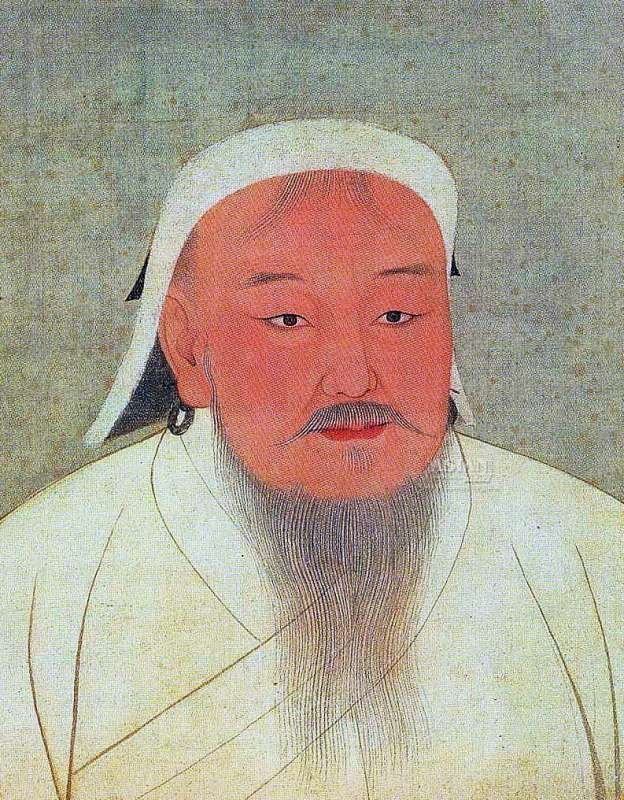Path-breaking research has revealed that millions of modern Asian men are descended from 11 powerful dynastic leaders – including Mongolian warlord Genghis Khan – who lived up to 4,000 years ago.

The findings came to the fore after geneticists from the University of Leicester examined Y chromosomes in more than 5,000 Asian men from 127 populations.
Most Y chromosome types are very rare but the team discovered 11 types that were relatively common across the sample and studied their distributions and histories.
Two common male lineages have been discovered before, and have been ascribed to one well-known historical figure, Genghis Khan, and another less-known one, Giocangga.
The Leicester team found genetic links via a chain of male ancestors to both Genghis Khan and Giocangga, in addition to nine other dynastic leaders who originated from throughout Asia and date back to between 2100 BC and 700 AD.
“The youngest lineages, originating in the last 1700 years, are found in pastoral nomadic populations, who were highly mobile horse-riders and could spread their Y chromosomes far and wide,” explained project leader professor Mark Jobling from the department of genetics.
For these lineages to become so common, their powerful founders needed to have many sons by many women, and to pass their status – as well as their Y chromosomes – on to them.
“The sons, in turn, could then have many sons, too. It’s a kind of trans-generation amplification effect,” he added.
“Identifying the ancestors responsible for these lineages will be difficult or impossible, as it would rely on finding their remains, extracting and analysing ancient DNA.
“This has not yet been done for Genghis Khan, for example, so the evidence remains circumstantial, if pretty convincing,” added Patricia Balaresque, first author of the study.
The study was published in the European Journal of Human Genetics.